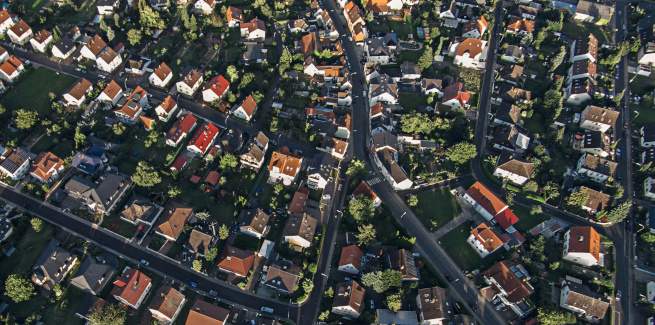Appearing before the House of Representatives standing committee on economics on 2 December, the governor of the Reserve Bank of Australia (RBA), Dr Philip Lowe, made observations about current property price trends in Australia, and stated that substantial increases in property prices are not likely.
He noted that this year, Australia’s population is expected to grow by just 0.2 of 1 per cent, the slowest population growth rate since 1916 when tens of thousands of soldiers departed Australia to fight in World War I, and down from the previous growth levels of between 1.6 per cent and 1.7 per cent.
“Slower population growth is going to have a first order effect on housing prices, and you’re seeing this clearly in Sydney and Melbourne in the apartment markets where the vacancy rates are the highest in more than a decade and rents are falling at a rate that we haven’t seen before,” Dr Lowe said.
“Whether that remains the case, it’s hard to see generalised widespread increase in housing prices. There’s going to be shifts in relative prices between house and apartments between various cities and regions, but I’m not expecting to see rapid generalised increase in housing prices because of the population dynamics.”
Dr Lowe noted that he held concerns earlier in 2020 that a prospective unemployment rate of over 10 per cent, along with a 10 per cent fall in output and no population growth would result in large declines in property prices, which would have undermined community confidence and created issues for the banking system.
However, Dr Lowe now expects that while certain pockets of the property market will demonstrate strength, property prices across the country would not increase substantially.
He observed that most regional markets have performed more strongly than capital city markets.
“Within the capital cities, there’s quite a diversity of experience. Sydney and Melbourne are being more affected than the other cities by the rapid slowdown in population growth,” Dr Lowe said.
“Sydney and Melbourne apartment prices are still falling. High vacancy rates, slower population growth, rents are falling, which is good for renters, but it means the prices of apartments are falling, and I think people are choosing where they can to live in houses rather than apartments during the COVID-19 times.”
No case for more prudential limits
Dr Lowe was questioned by the committee if additional prudential limits by the Australian Prudential Regulation Authority (APRA) were warranted to limit property prices.
He responded that it is not the remit of APRA or the RBA to target a specific level of housing prices, and added that it would be a “mistake” to set this as an objective.
Instead, property prices would be determined by population growth, supply and demand, and the appetite for consumers to borrow, Dr Lowe said.
“There are a lot of things that influence housing prices, and it’s not right for us to target a specific level,” he said.
“What we’ve got to do is make sure that when people are borrowing against housing, they don’t borrow too much, and lending standards are appropriate.”
Dr Lowe said that there was a period when the demand for interest-only loans was very high, but added that investor borrowing for housing is currently weak.
“Remember there was a time that almost 40 per cent of the loans being made were interest-only, didn’t require $1 of principal being repaid and that seemed kind of, from a prudential point of view, unsound,” he said.
“There was very strong investor demand as investors were buying property and hoping of flipping it to get capital gains.”
However, Dr Lowe said banks are currently very cautious when writing loans, meaning that the argument for macro-prudential instruments is weak.
“If they were to change, [and] people were borrowing too much again, [or] risk wasn’t being properly measured and priced, then there would be a case to think about that again, but not at the moment,” Dr Lowe concluded.
[Related: RBA backs responsible lending reforms]
 ;
;
